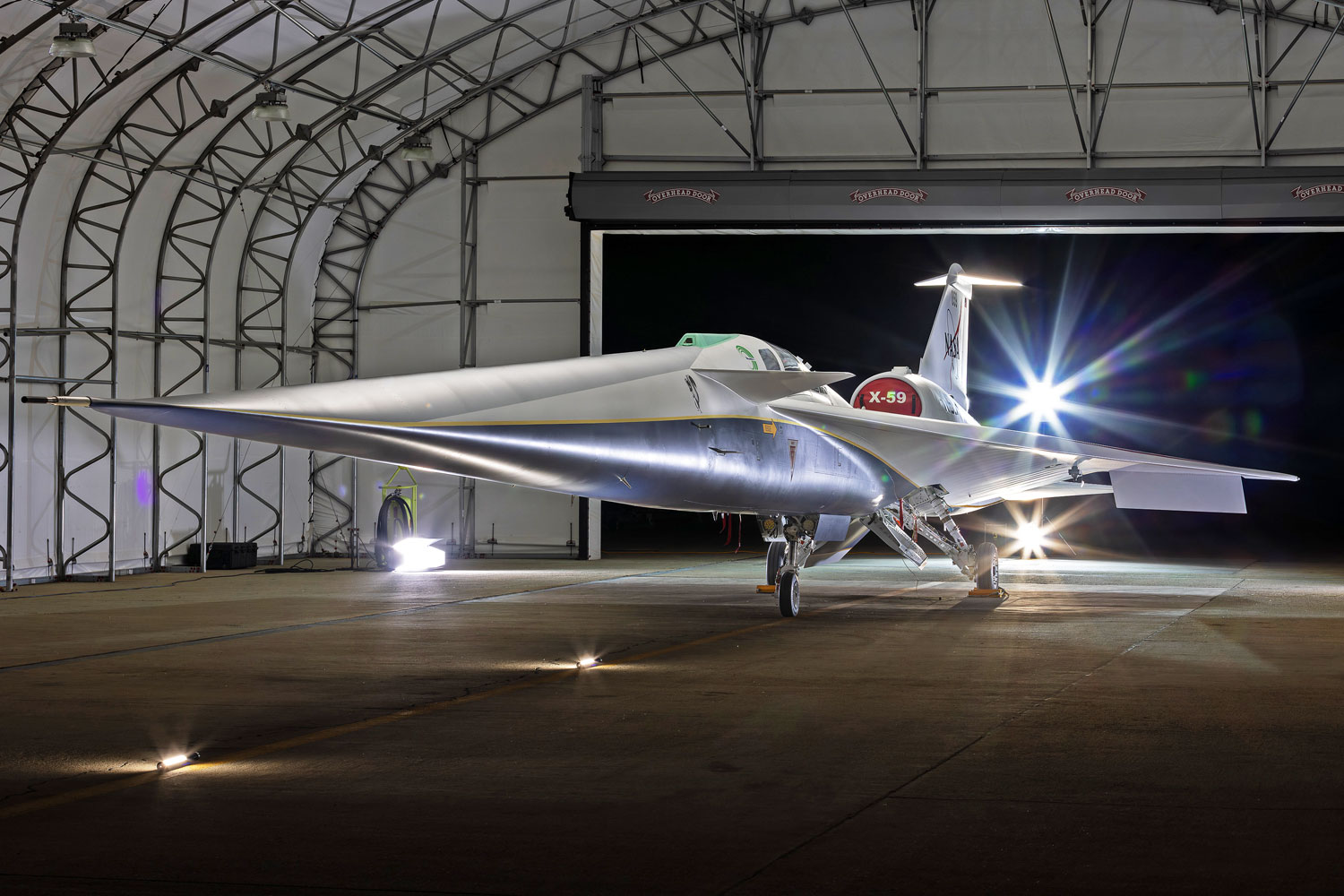On January 12, Lockheed Martin and NASA presented the X-59, an experimental aircraft that aims to enable supersonic passenger flights.
Yes, Concorde has done this before and startup Boom Supersonic is developing a 70-seat supersonic commercial jet set to debut later this decade, but the X-59 has something none of them have, the ability to fly above the speed of sound without making (too much) noise.
The challenge for supersonic commercial planes is not speed, as several military jets have routinely broken the sound barrier for decades.
The issue, however, occurs in a scenario where hundreds of commercial aircraft are flying over populated areas, generating constant noise as they move faster than sound.
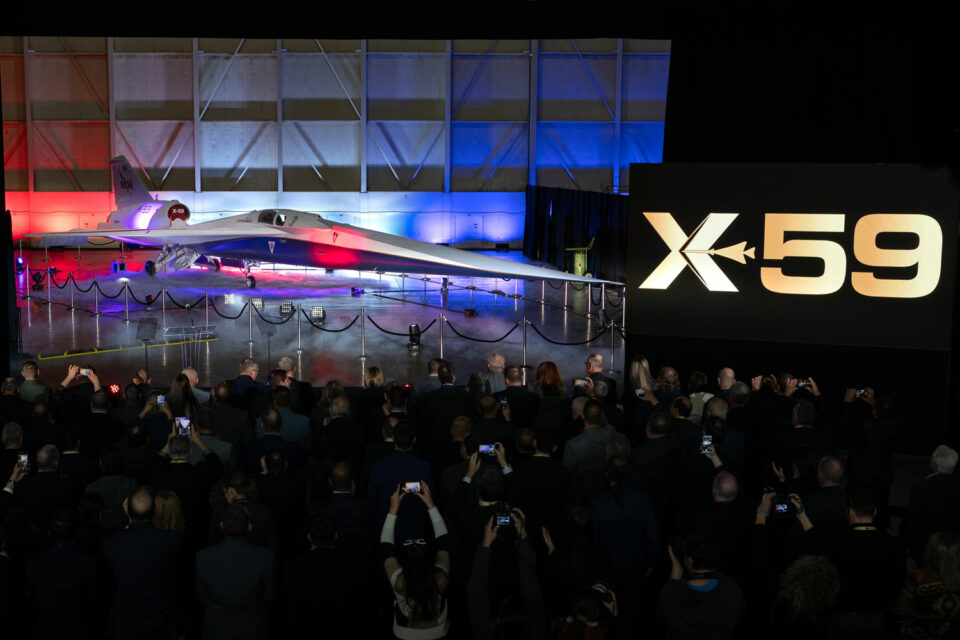
Supersonic boom
It is, therefore, the supersonic “boom” that makes air travel a slower affair than it otherwise could be. And the X-59 could end this limitation.
The program, called Quiet Supersonic Transport, was launched by NASA in 2016 when the space agency chose Lockheed Martin to develop an experimental aircraft that incorporated several studies to minimize suspersonic boom.
The company chose the Skunk Works division, famous for secret planes such as the U-2 and SR-71, to build the experimental aircraft.
For economic and agility reasons, the X-59 uses parts from other aircraft such as the F-15, F/A-18, F-16 fighters and the T-38 trainer.
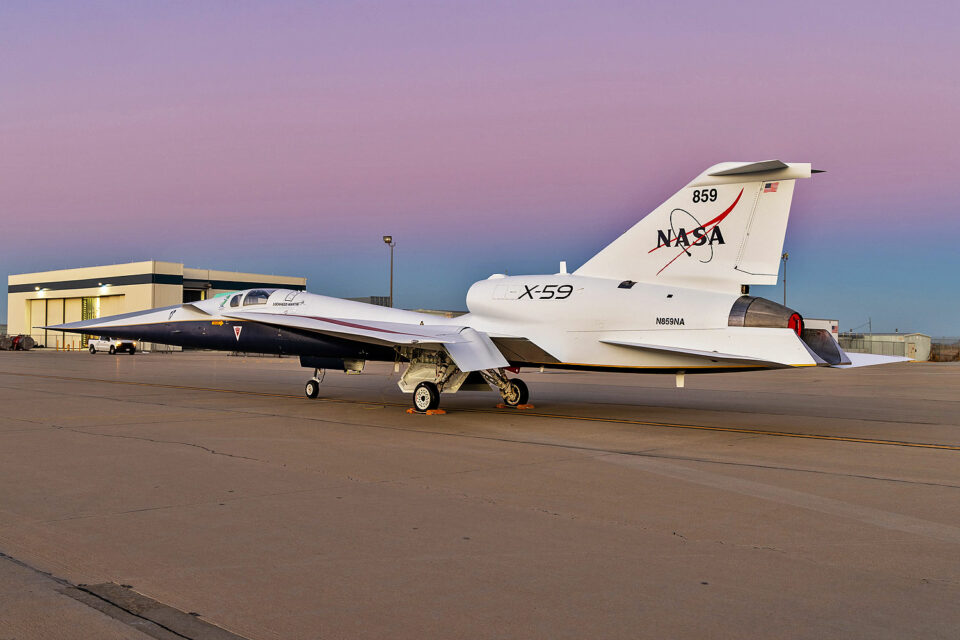
Even so, any similarity between the supersonic jet and these planes is barely noticeable. This is because most of the solutions to be tested are precisely in the form of the X-59, starting with its huge nose, which accounts for half of its length.
It is this configuration that causes the “supersonic boom” to be softened by delaying its occurrence. The Lockheed Martin jet also uses a single GE F414 engine with an afterburner installed in the tail and above the fuselage to avoid additional shock waves.
The X-59 also has an unusual flight surface configuration, with delta wings, horizontal stabilizers and canards, as well as a small T-tail.
But another fundamental difference in the aircraft is the absence of front windows in the cockpit, replaced by a system of cameras and high-definition screens, also with the aim of reducing noise.
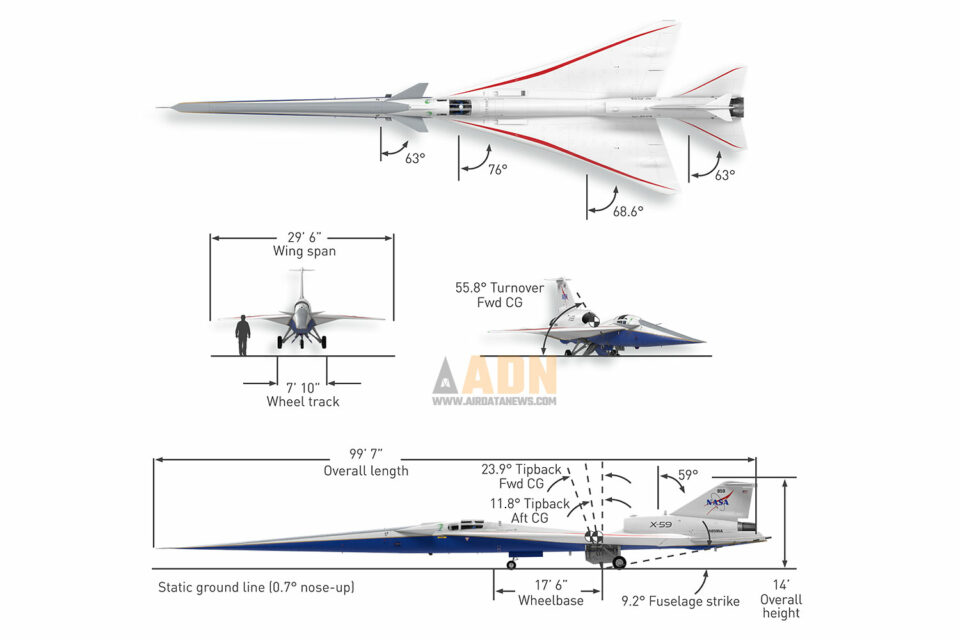
Flights over US cities
From now on, project teams will move on to the next stages of preparation for the first flight: integrated systems testing, engine operation and taxi testing for the X-59.
According to NASA, the X-59 will fly for the first time in 2024 and will then complete a routine test in the air for nine months, when data on its performance will be collected in order to confirm the objectives established in the program.
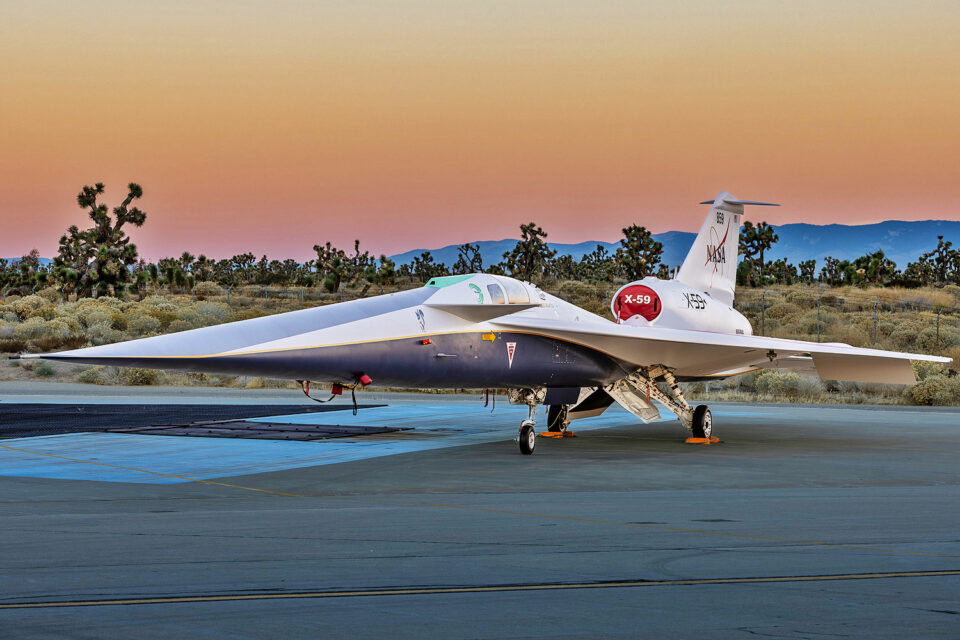
Subsequently, the US space agency will carry out flights over several cities in the country, collecting information about the sound generated by the X-59 and also the perception of people on the ground, a process that should take around three years.
Follow Air Data News: Google News | Instagram | LinkedIn | Twitter | Facebook
Capable of flying at Mach 1.4, the X-59 has the potential to help commercial aircraft designs cut flight times in half over distances of 2,500 miles (4,000 km) or more.
According to Lockheed Martin, the technology proposed by the experimental aircraft could debut in commercial aviation as early as 2032.

